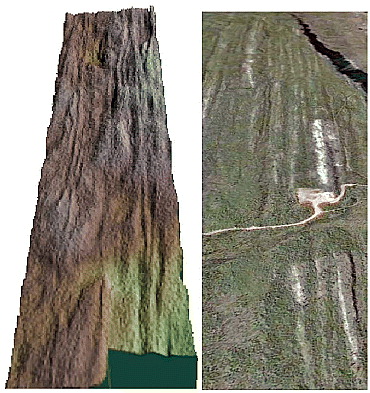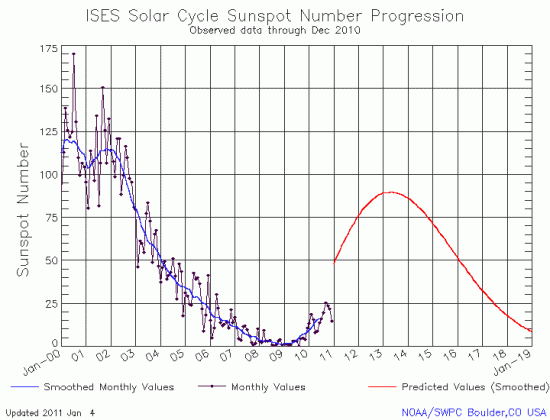Yesterday the New York Times published a long article by Justin Gillis describing the work of Charles Keeling, the scientist who first measured the increase in carbon dioxide in the Earth’s atmosphere. The article is very much worth reading, as it does a generally reasonable and detailed job of giving the history, background, and importance of Keeling’s research.
Unfortunately, the flaws of Gillis’s article illustrate the difficulty of debating climate change science, or maybe any political issue, in our times. Though Gillis does make an effort to give the skeptical scientists their fair due, he is so convinced they are wrong that his article in the end fails to address the basic areas of disagreement on which the entire climate debate today hinges. In fact, by avoiding some of the debate’s most basic issues, Gillis ends up creating barriers which make an honest analysis of the issues impossible.
That this seems to happen in almost all political debates today is distressing, at the least. How can we honestly face our problems if we refuse to face all the facts on which those problems hang?
Let’s consider the specific areas where Gillis’s demonstrates a large blind spot:
1. One of the fundamental facts that throws a wrench in all global warming theories is the fact, recognized by all climate scientists, that in all past global warming events, the Earth’s climate warmed before the levels of carbon dioxide rose. In other words, an increase in carbon dioxide in the atmosphere did not cause global warming. Instead, the warming encouraged the increase in carbon dioxide.
An honest appraisal of the science of climate change would always recognize this puzzling but very significant data point. Gillis, however, fails to mention it. Nor is Gillis alone in this failure. Almost all global warming advocates as well as their willing helpers in the press routinely ignore this important detail. Yet, that climate scientists can’t explain this fact is one of primary reasons many are skeptical of the disaster scenarios put forth by global warming advocates.
As I say, an honest discussion of this subject would always recognize this point.
2. As his primary evidence that the Earth is now warming from the increase of atmospheric carbon dioxide, Gillis has this to say:
In 2007, a body appointed by the United Nations declared that the scientific evidence that the earth was warming had become unequivocal, and it added that humans were almost certainly the main cause. Mr. Gore and the panel jointly won the Nobel Peace Prize.
This “body” is of course the IPCC. That Gillis is strangely reluctant to actually name this organization in his article suggests he knows its reputation is seriously damaged. Rather than face this fact and deal with it, however, he prefers to ignore it, and in the process help his readers avoid this fact as well.
Yet, the IPCC reports have known problems. They contain some fundamental factual errors, as well as citing as evidence numerous press releases from environmental advocacy groups, hardly a reliable source of information. This is not to say that the IPCC reports should be dismissed wholesale, but for Gillis to depend on them as his sole source of proof of global warming without recognizing these problems is not only inappropriate, it discredits everything he writes. It also suggests that he relies more on the prestige of the organization who issued the report, rather than the science behind it. His further reference to Al Gore and the Nobel prize is further evidence of this reliance on authority.
Once again, an honest appraisal of the present state of the global warming debate would gladly face all these facts, and describe them for the reader.
3. Gillis makes the unfortunate decision to call anyone who questions the science of global warming a “contrarian.” The use of this denigrating term, comparable to the use of the term “denier”, suggests that Gillis has a closed mind about the subject, and has no interest in finding out anything about the skeptical view.
An honest appraisal of the debate, however, would avoid these kinds of loaded terms. It is perfectly fine to note the weaknesses of the skeptical position. It is not acceptable to use ad hominem attacks to discredit them.
All in all, the three examples above encompass all of the basic problems we face in almost all our political debates today:
- First, the refusal to face some inconvenient facts.
- Second, the willingness to rely on authority or prestige, rather than the facts themselves.
- And third, the willingness to use ad hominem attacks to discredit anyone who disagrees with you.
Until we stop doing these foolish things, we will find it impossible to discuss or solve our problems reasonably, and with good will.


